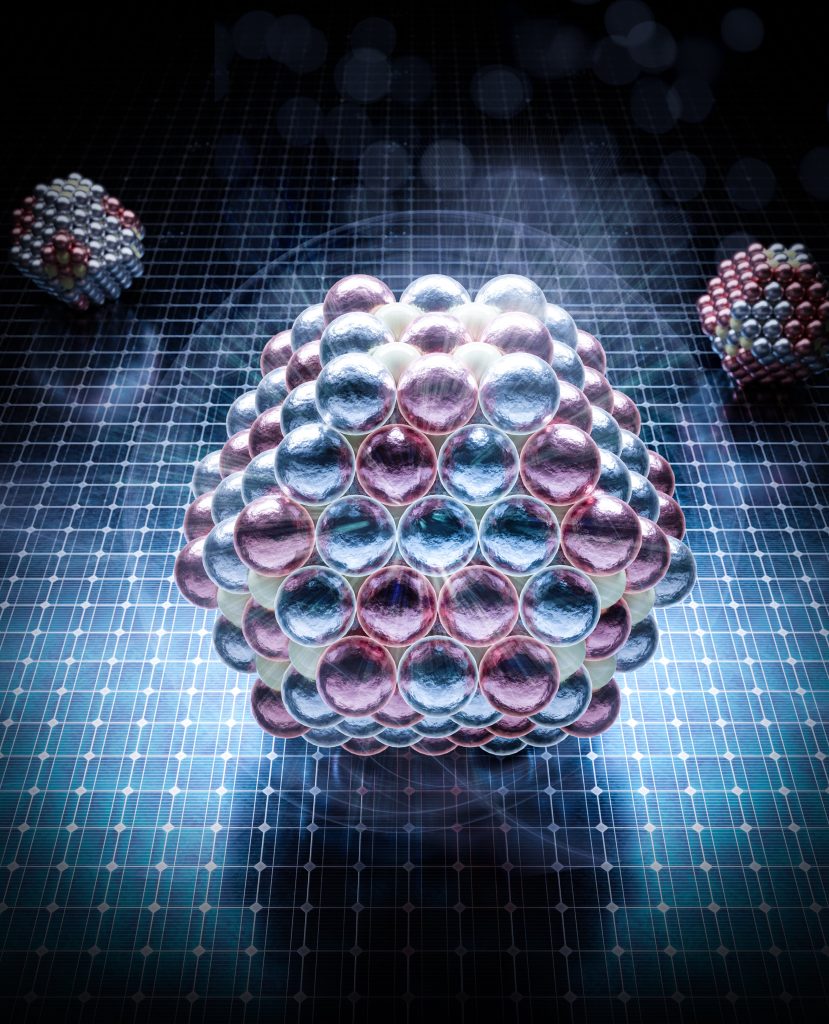Cation disorder engineering yields AgBiS2 nanocrystals with enhanced optical absorption for efficient ultrathin solar cells

In a close collaboration with experimental colleagues from ICFO Barcelona, TYC researchers managed to smash the world record efficiency for an emerging solar cell material; AgBiS2, from a previous record of 6% to over 9%. This work was accepted for publication in Nature Photonics, and was chosen to be highlighted as the ‘hero image’ (large image on the Nature Photonics online homepage) for the March issue.
This exceptional performance was enabled by our initial theoretical modelling of this material, which demonstrated that engineering the cation distribution and disorder in this emerging ternary chalcogenide absorber can lead to major absorption enhancement. With this knowledge, we optimised the synthesis and treatment conditions, allowing our experimental colleagues to fabricate ultrathin solar devices which broke the world record with a relative increase of nearly 50% from the previous record. In fact, in doing so, we produce a material with the highest absorption coefficient of any solar cell material currently being studied.
Another major point for our work, is that this material is by far the highest performing bismuth-based solar material – a class of candidate materials which have thus far failed to reach their true potential (Refs: https://iopscience.iop.org/article/10.1088/1361-6528/abcf6d, https://iopscience.iop.org/article/10.1088/2515-7655/abebca).
Authors: Yongjie Wang, Seán R. Kavanagh, Ignasi Burgués-Ceballos, Aron Walsh, David O. Scanlon, Gerasimos Konstantatos
Featured in: https://www.nature.com/articles/s41566-021-00950-4
